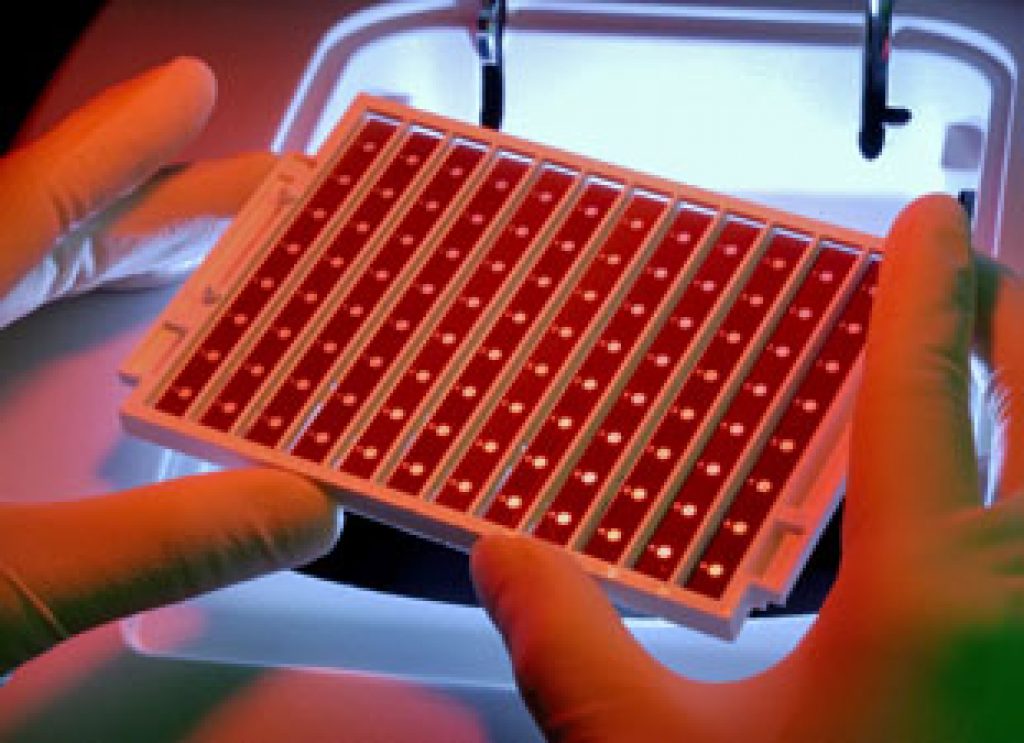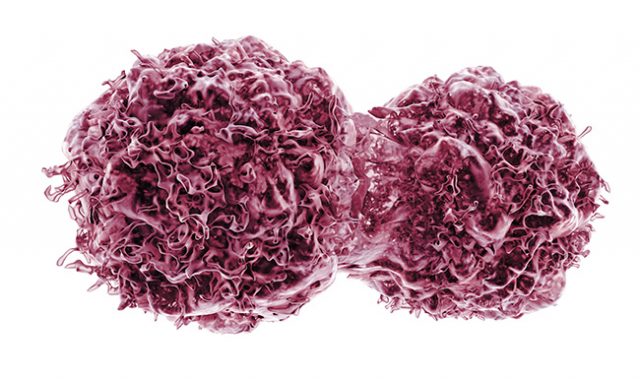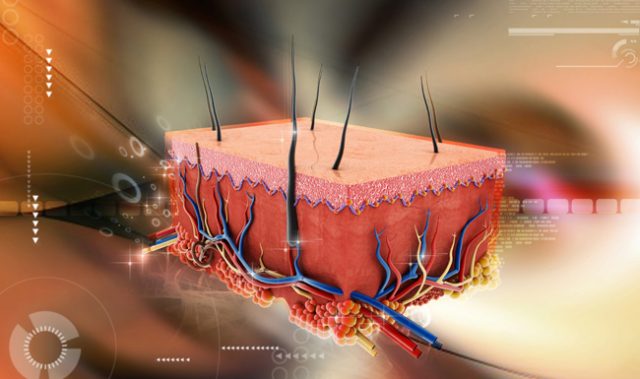
AsianScientist (Aug. 5, 2013) – The main impetus for studying human biology is to understand how the body’s various intricate systems work. In an ideal situation, this understanding can then be translated into novel applications that not only help to prolong life, but also ensure a better quality of life.
For such efforts to succeed, it requires a good understanding of both medical and biological paradigms. Clinician scientists are therefore extremely important in this era of medical science. These individuals serve as the conduit between laboratory and medical practice. They lead active laboratory research programs and also understand the needs and realities of clinical medicine. To achieve genuine healthcare advancement, clinician scientists are indispensable players of the team.
Unfortunately, the popularity of this career track does not correlate with its importance. Clinician scientists are a rare breed. While the experiences one can obtain on this career path are extremely meaningful and rewarding, the path is also fraught with unpredictability. Most medical students prefer clinical jobs which not only provide economic assurance but also the flexibility to decide on their extent of involvement in research.
With such major considerations in mind, the reason why most clinician scientists have embarked on this path is simple: A plain but passionate interest in the science of medicine. Hence, it is increasingly recognized in developed nations that clinician scientists have to be carefully nurtured from a young age.
My interest in cancer research
As a first-year student in medical school, I have been exposed to the various disciplines of medicine. However, my deepest interest lies in cancer. Having been on ward rounds and clinics during my attachment at the National Cancer Center Singapore, I have seen the horrible progression of cancer in individuals and its adverse impact on their lives.
One of the moments that still resonate soundly in my mind was when a patient asked the doctor if she would survive to see her daughter’s graduation from university. Indeed, cancer’s worst trait is its unpredictability. No one knows when it will strike and treatments are never 100 percent effective. Hence, the disease does not only affect one’s physical health but torments one’s mental health as well. After that encounter, I realized the need for more effective cancer therapeutics and pondered if there was anything else that could be done for these patients.
Aside from life experiences, one of the initial books that spurred my interest in cancer research was The Emperor of All Maladies: A Biography of Cancer by Dr. Siddhartha Mukherjee. From the early development of chemotherapy by Dr. Sidney Farber to the discovery of the monoclonal antibody Herceptin® (trastuzumab), the book described the major events of mankind’s war against cancer in great detail. What amazed me was the relentless efforts by scientists in coming up with novel ways to fight this disease. I was fixated and determined to be part of this effort someday.
The A*STAR Research Attachment for Overseas Singaporeans
My summer internship in Singapore at the Agency for Science, Technology and Research (A*STAR) under the Research Attachment for Overseas Singaporeans (RAOS) program has allowed me to have a deeper understanding of research as a job.
While working in Dr. Prabha Sampath’s lab at the Institute of Medical Biology (IMB), I acquired the laboratory skills necessary to conduct RNA interference knockdown studies, such as cloning, vector design and study analysis. I also learnt to appreciate scientific literature and picked up key skills on academic writing. I believe these skills will be of great use in the future when I embark on a career in cancer research.
The program at A*STAR also gave me a glimpse into the research culture in Singapore. It was inspirational to hear about some of the projects going on at the IMB that are relevant to my scientific interests. One of the most interesting projects I saw in Dr. Sampath’s lab was the depletion of mir-138 in glioblastoma multiforme, a rare type of brain tumor, which resulted in the destruction of cancer cells. The work I described is an excellent example of how research at the IMB has applications in the clinic.
I was also heartened to see renowned researchers from around the world such as Prof. Sir David Lane and Dr. Davor Solter provide advice to the next generation of scientists.
First-year medical students may find it futile to embark on research attachments as they lack the knowledge necessary to understand the laboratory experiments being carried out. Indeed, the learning curve was very steep when I first joined the lab. However, the post-doctoral researchers in the lab were extremely enthusiastic and patient when it came to teaching. Along with consistent reading over the weekends, I developed a greater understanding about the work in Dr. Sampath’s lab.
Early exposure of medical students to scientific research is extremely important to nurture the next generation of clinician-scientists. Interest in specialized fields take time to develop and are usually realized during internships or work exposure programs. Hence, it is crucial that programs such as the RAOS exist.
While the ability to perform clinical procedures is crucial, the ability to conduct research is also equally important. I believe that training the next generation of medical doctors to possess a diverse skill set will eventually lead to improved patient care and treatment.
Ivan Seah Yu Jun is a first-year medical student at the Wolfson Medical School, University of Glasgow, UK.
——
Copyright: Asian Scientist Magazine; Photo: A*STAR.
Disclaimer: This article does not necessarily reflect the views of AsianScientist or its staff.












